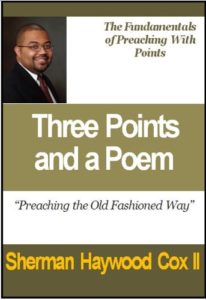For many reasons, it is difficult to preach exorcism narratives. If you’re in a conservative Baptist, Presbyterian, or Bible Church-type church, Jesus’ exorcisms might make us a bit uneasy. I won’t try to explain a theology of demons and demonization. But I will offer a Christological reading.
You know the story of Jesus casting out the demon and then His power being attributed to Beelzebul. The fact that Jesus was able to cast out demons points to the power of the kingdom of God. In that power encounter, Jesus was the “strong man.” Verse 22 reads, “but when one stronger than he attacks him and overcomes him, he takes away his armor…and divides his spoil.” On the cross, however, the tables were turned. Luke 23:34 tells us “…And they cast lots to divide his garments.” Jesus is overpowered. Through that loss, of course, we, by faith, experience eternal gain, including victory over Satan and his minions. We enjoy spiritual protection through answered prayer: “Lead us not into temptation, but deliver us from evil.”
And then comes the unexpected discipleship challenge in v. 23, “…whoever does not gather with me scatters.” That’s really what Luke is after by recording the exorcism. We can’t get lost in all the details of demonology and forget the call to “gather with” Jesus. Jesus delivers us from darkness so we would join Him in gathering others into His Light. It’s scary to stop and think how many of our congregants confess to believe in Christ, yet are inactive disciple-makers.
This post was originally published on February 10, 2014.









